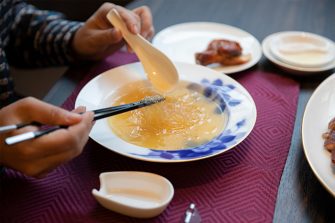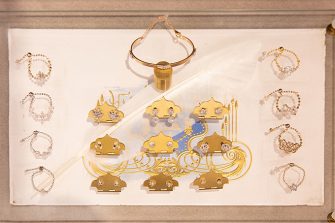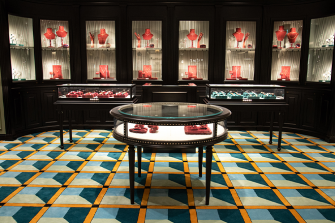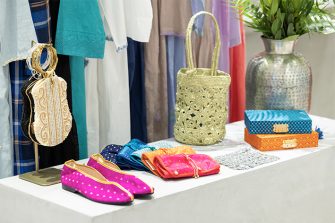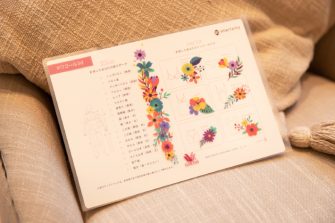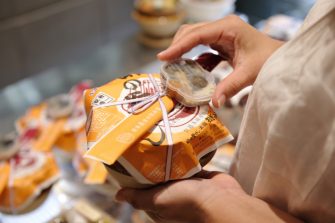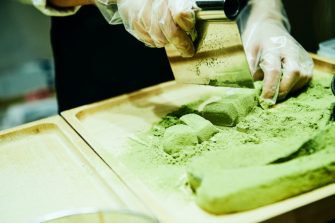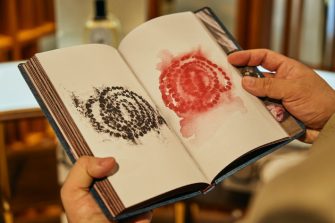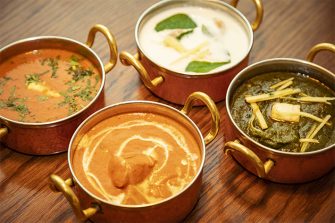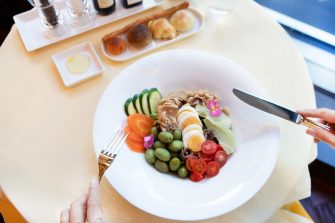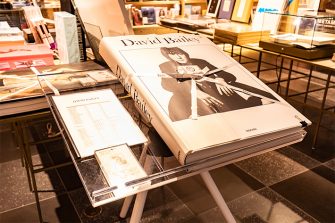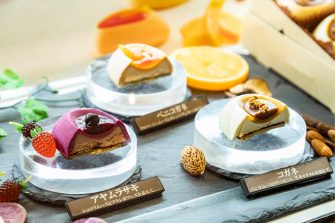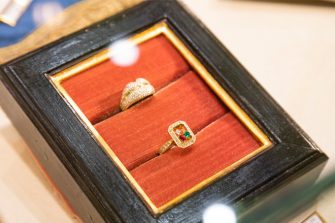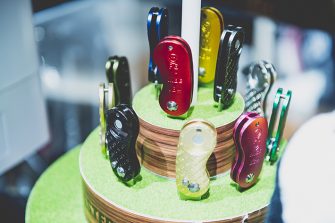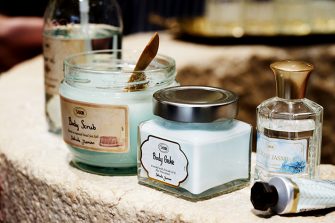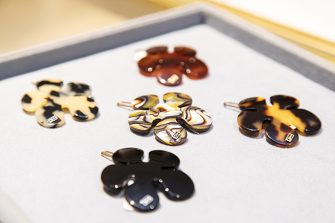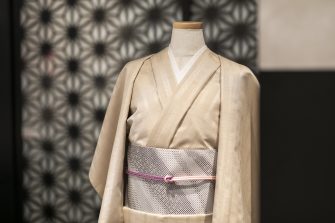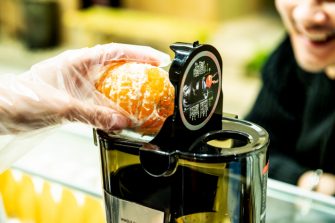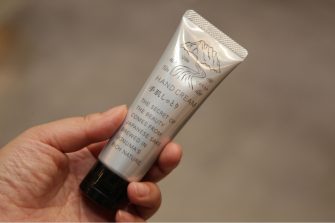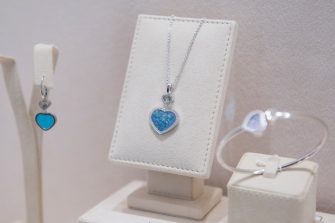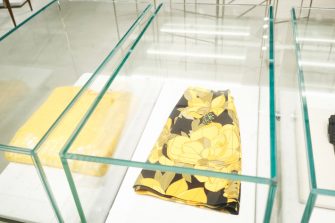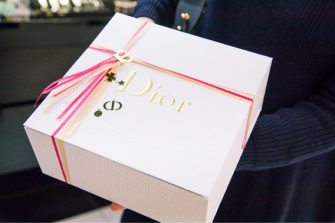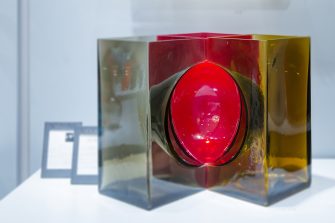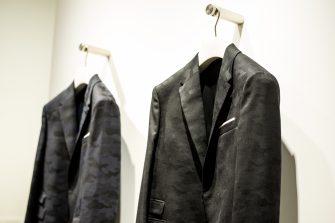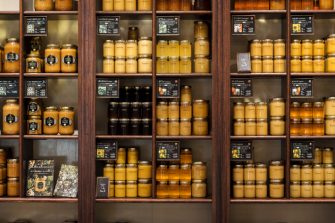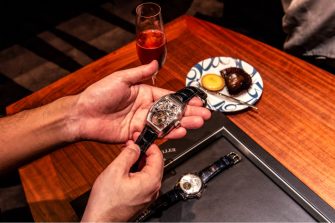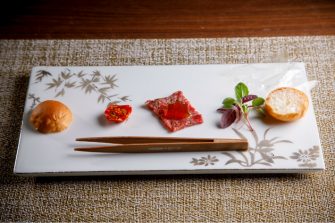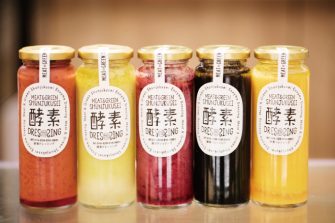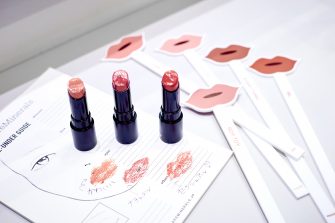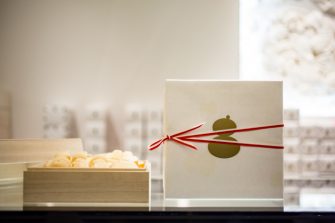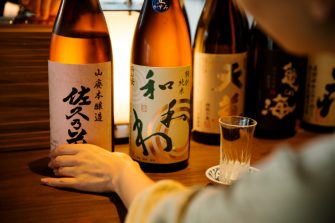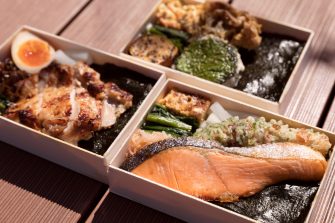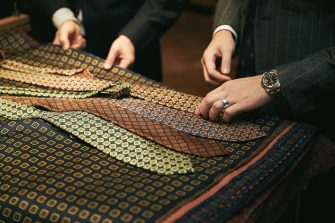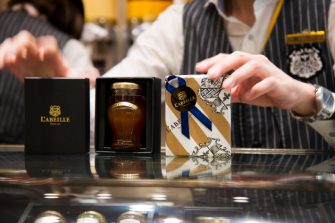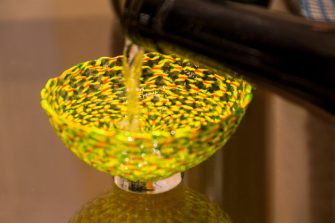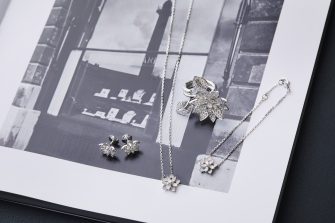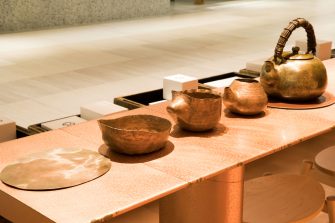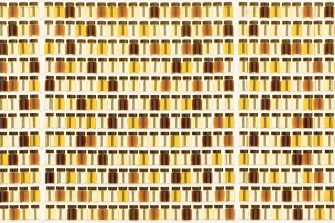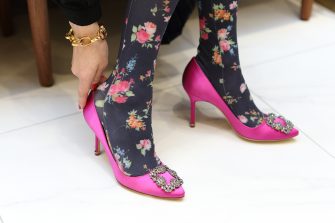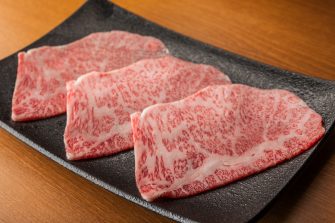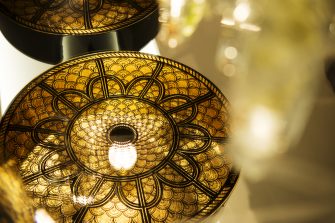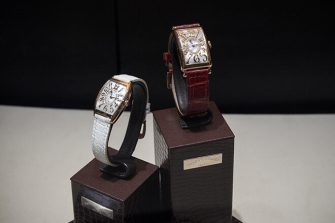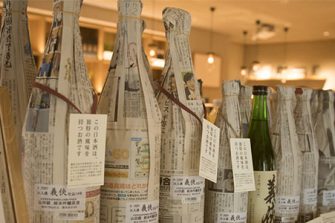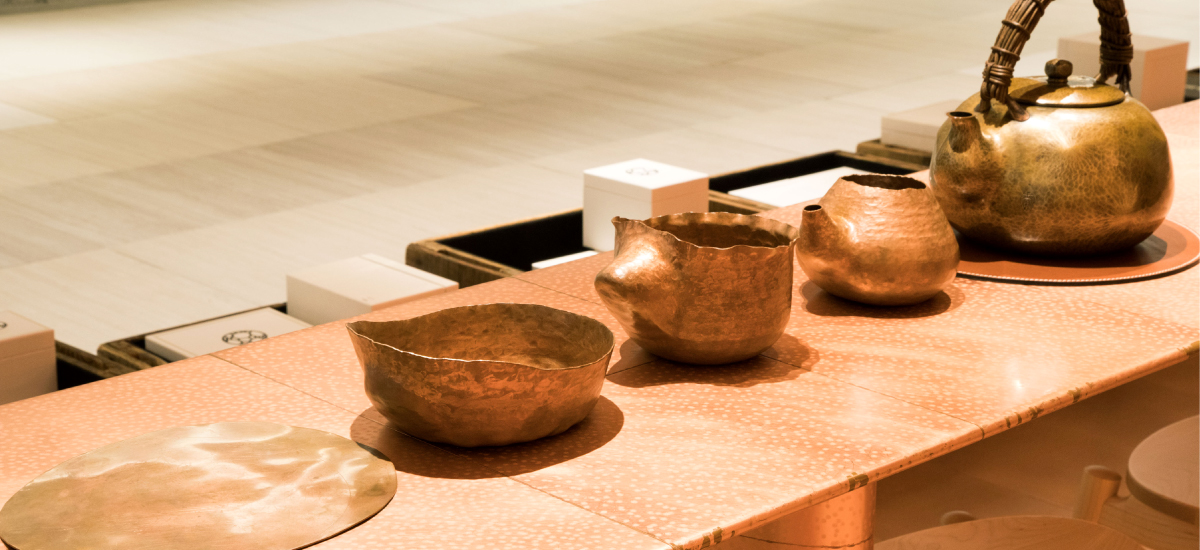

GINZA SIX EDITORS
时尚、珠宝&手表、生活方式、美容、食品…
精通各种类型的个性丰富的编辑们,在GINZA SIX上闲逛
记述走路发现的乐趣。
现代银座空间的隐藏味道是传统工艺的力量设计 Power of Traditional Craft Adds Subtle Accent to Modern Ginza Space
田中敦子
GINZA SIX EDITORS Vol.13(Lifestyle)
在中央大道表现出其全貌的时候,淡淡发光的白色箱子已经是银座的风景了。始终保持着银座的气质,新又正统的地标。但是在接受这个企划之前,没有踏上GINZA SIX。……。因为是东京平民区的孩子,所以从小就看着银座的变化。在新陈代谢的同时,我一直爱着银座的温柔,但是在开业当初泡沫经济再次受到热量的影响,稍微冷静下来再去探索的过程中,时间就过去了。猛省。GINZA SIX是致力于艺术和传统工艺的搭配。虽然迟到了,但还是慢慢地巡游吧。一定要去拜访的是4楼玉川堂。这是新潟县燕市持续200年的锤起铜器老字号。

在这里的商店设计中,我预感到了传统工艺的下一个舞台。工房的工匠们各自放入了锤目的铜板,覆盖了天花板、墙壁、地板、胶布的空间里,充满了相互照亮的曙光,被幸福感包围着。摆在架子上的药罐、锅、水壶都是根据可靠的工作而设计的简单设计。
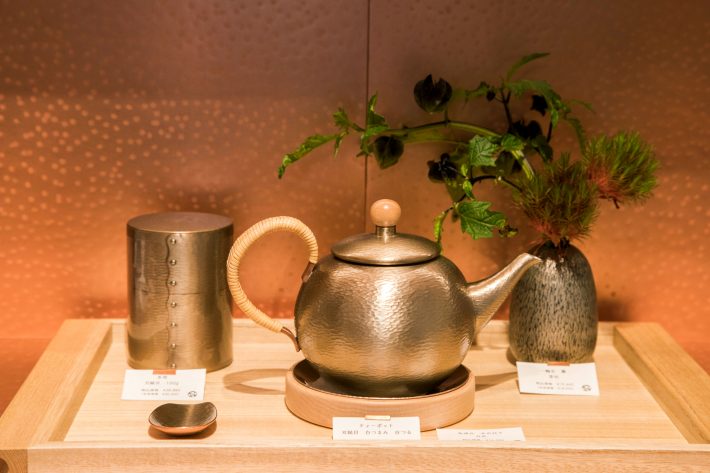
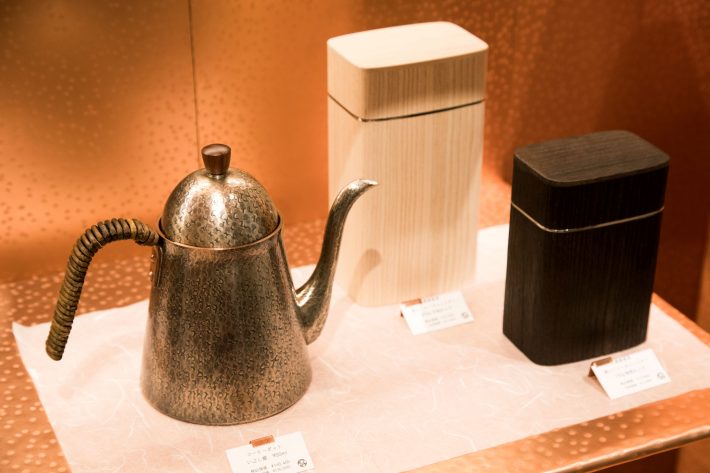
对于抓住国内外各个年龄层心灵的阵容来说,我觉得没有比这更好的空间了。在灵敏度高的环境中,展示了传统工艺所包含的帅气。最近在工艺上刮着顺风,从这家店感受到了一时性热潮中不消费的传统工艺的潜力。

用锤子敲到注入口,用一块木板做成的药罐,是玉川堂独有的高度技术。还展示了一眼就能看到那个工程的样品。
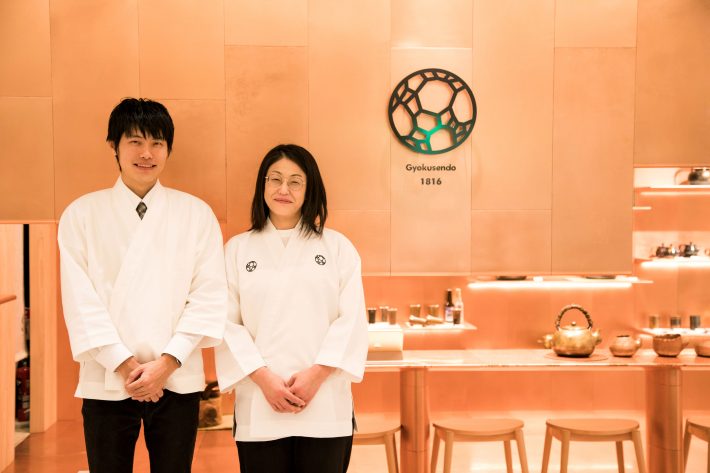
副店长前原康予、工作人员田中大和,经过各自的海外经验,对日本的传统工艺觉醒了。工艺的传人也刮着新的风。玉川堂的商店标志是将锤起铜器的大锤目设计成家纹风格。
下一站是同一层,前往相邻的D-BROS。在图形设计集团DRAFT亲手制作的产品商店,在GINZA SIX开店时,挑战设计×传统工艺。让人联想到木造建筑的柱子和梁的室内装饰上,采用了传统施工法的接头和组织者。

传统工艺不是靠近设计,而是设计也不是破坏传统工艺的本质,而是用优秀的图形设计的力量创造出来的传统工艺和传统文化的形式。据说DRAFT代表宫田识先生的品牌在调查和准备上要花彻底的时间。如果是那种工匠般的对待方式的话,应该会产生轻快却值得信赖、新鲜度高的传统工艺的外观。
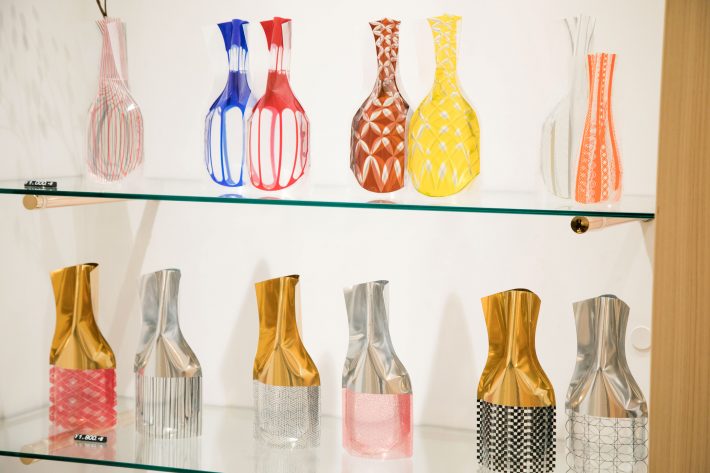
D-BROS的长期畅销,塑料花底。不加大,一进水就会立起来的花瓶里还有切子(彩色玻璃)和江户小纹的主题。

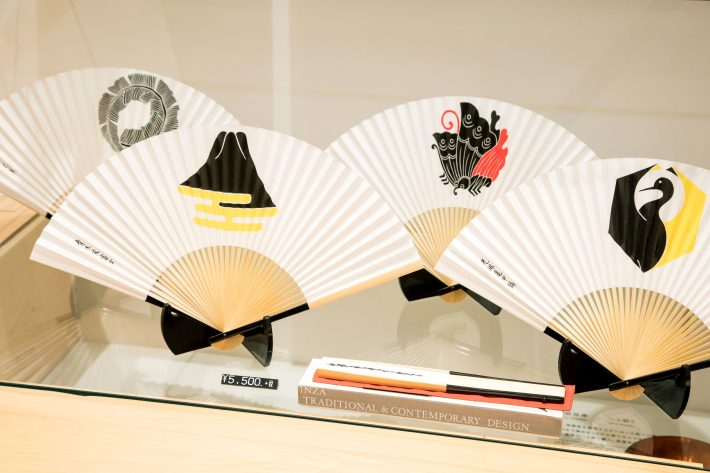
为了GINZA SIX的开业,花了2年时间制作的大型家纹帖也有图形的接近。
“说到日本平面设计的原点就是家纹。从长达2万件的家纹中,选出了350件我们觉得有趣的东西,制作了在越前和纸上印刷的和缀家纹帖”,宣传负责人藤谷惠里子说。虽然各个家纹都很有趣,但是以开眼排列的组合绝妙。张开翅膀的“光琳蝙蝠”和让指甲相对的“すえ五德”。原来如此,很像。家纹设计也是以扇子、包袱皮、手帕为主题的。温故知新的设计熠熠生辉。

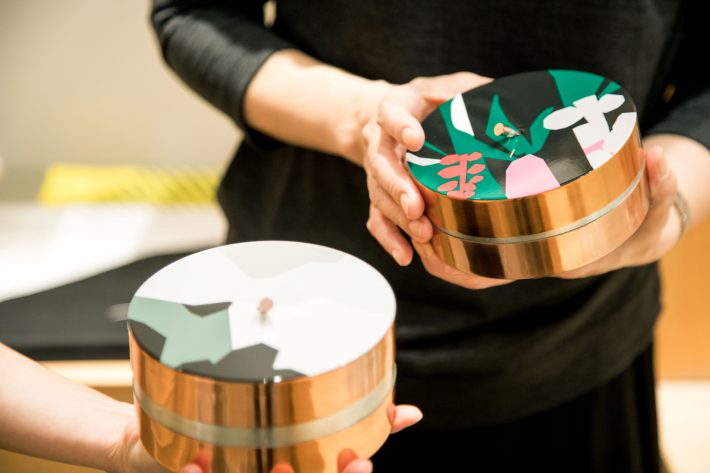
新潟的本地产业,赫拉光圈的便当盒也是为了GINZA SIX而诞生的。使用开闭空气孔的下酒菜来提高密封性。以绣球花和黄鼠狼树为设计的图案。和传统工艺的搭配,和工匠的沟通需要时间,向客人渗透也需要时间,但是会继续努力。一定会用意想不到的设计,在传统工艺的新侧面发光。

话说回来,电梯大厅里有令人在意的艺术。远处是流行花的集合体。走近一看,哦,是江户小纹的主题。传统与现代艺术的融合,是GINZA SIX的看点之一。艺术家大卷伸嗣将江户小花纹中的主题扩大组合起来,并且将各自的土地用规则性的小纹来填埋。鲛小花纹、礼仪、松叶。在2、3、4、5楼的南电梯大厅,展示了表情不同的作品。标题是《Echoes Infinity Immortal Flowers》。不灭的花是与永远的繁荣相连的吉祥之花。
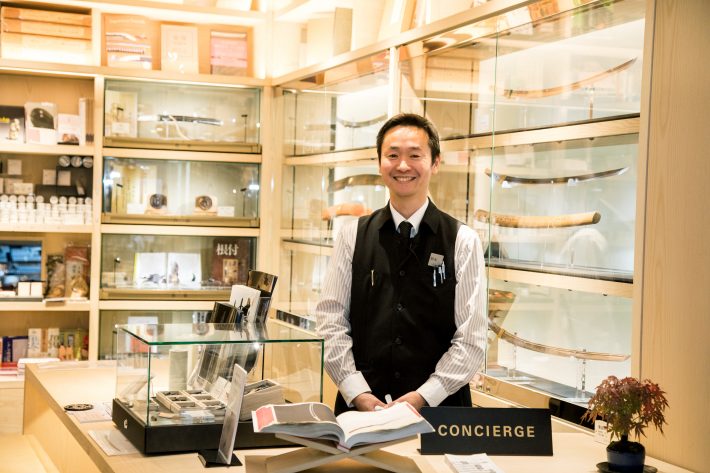
去六楼吧。常春藤书店专为艺术展开的楼层,因工作关系而在意的书籍络绎不绝,今天的目标是刀剑角。吓了我一跳,书店里面有刀剑柜台。
接待员松本聪先生说:“考虑到这个楼层的时候,我在讨论日本最好的美术工艺是什么的过程中,我去了刀剑。”其实这个楼层每个类别都设有接待员。能和有专业知识的他们一边商量一边选择书籍,真的很兴奋。
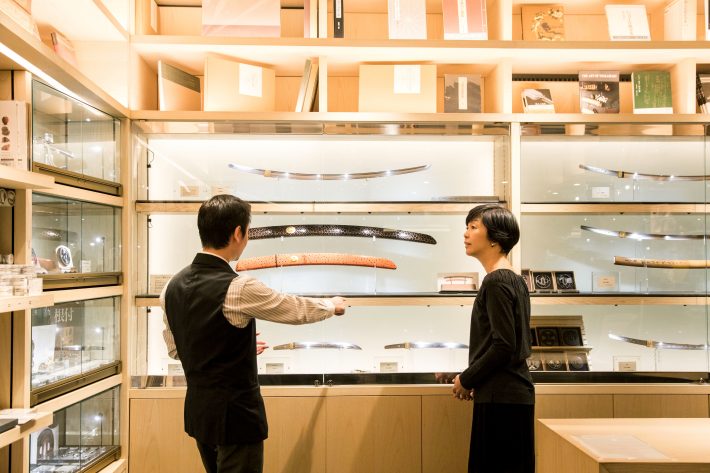
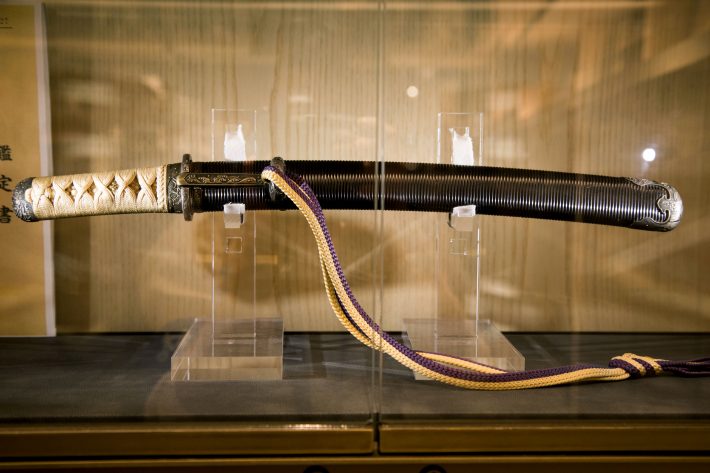
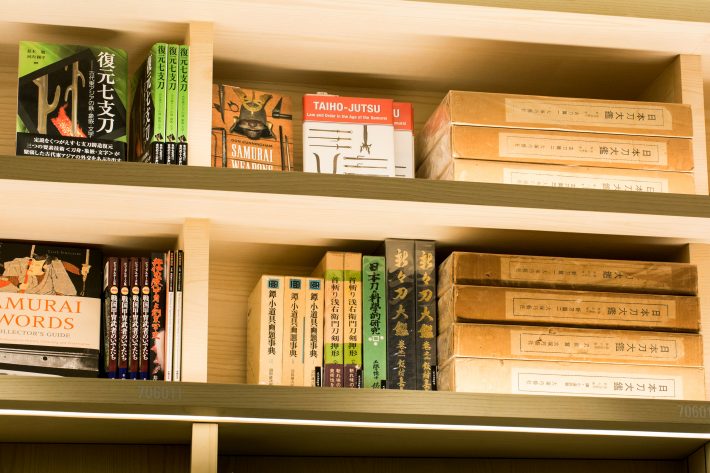
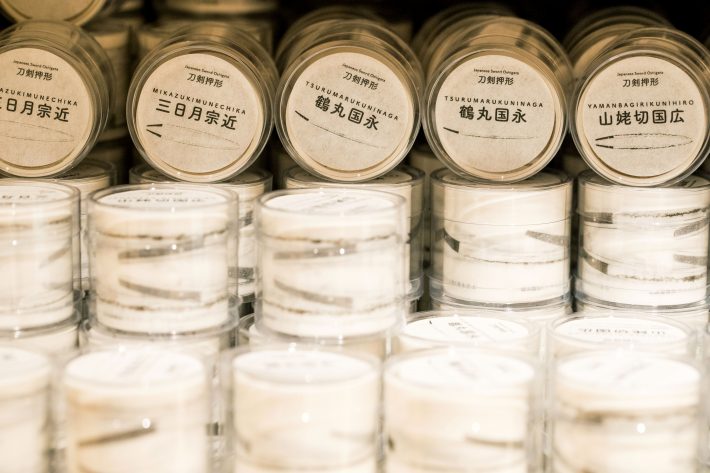
开业时成为话题的世界级工业设计师马克·纽森设计的aikuchi,名匠河内国平先生及其一门的现代作品陈列着,另一方面,从古书到漫画,种类繁多的书籍齐全,还有刀剑的保养工具,连细节都很讲究有刀剑舞台。也许是因为平场这个没有门槛的地方,轻松愉快地顺路去看刀剑的人络绎不绝的风景也很新鲜。
刀剑女子的登场,游戏中的刀剑乱舞人气高涨,外国粉丝也很多。除了这种运动之外,从我的专业工艺视角来看,日本刀是提高了传统工艺水平的不为人知的重要人物。因为有刀技术支撑的锋利的刀具,所以江户小纹的伊势型纸也做成了,木工、竹工、金工、象牙等各种各样的雕刻也能精致的完成。作为神器也被尊贵,继承了作为综合性美术品的美丽,拥有刀剑和刀首饰高技术的工匠,在废刀令后也承担了明治的超绝技巧。所以,这个环节的存在非常令人高兴。
传统工艺要生存下去,设计的力量是必要的,但并不是容易的事情。但是,在GINZA SIX上,我们看到了很多以充满力量的形式实现的例子。如果说这是令人高兴的误算是失礼的,但还是会过一会儿。
Text:Atsuko Tanaka Photos:Chihaya Kaminokawa Edit:Yuka Okada
As a new white cube on Chuo-dori came into my sight, the whole picture gave off a faint glow, appearing as if it had long been part of the Ginza landscape. This traditional landmark has been renewed and continues to contribute faithfully to Ginza’s atmosphere of refinement. But until I took this assignment, I hadn’t yet been to GINZA SIX. As a Tokyo native, I’ve witnessed the transformation of Ginza since I was very small. And I’ve always loved its suppleness, versatility, and flexibility: how it continues to be itself while undergoing transformation. I admit to being somewhat intimidated by the fanfare when GINZA SIX first opened, as if the high-flying early 90s had come again. I decided I’d go explore when things had settled down a bit. Some time has passed now, which I regret—because GINZA SIX is so committed to the arts and traditional crafts. However belated it may be, it’s actually exciting to take a look around. I’ve wanted in particular to visit Gyokusendo on the fourth floor, a seller of hand-hammered Tsuiki copperware with a 200-year history based in Niigata Prefecture’s Tsubame City.

The interior of the store gives me a sense for a next stage of traditional crafts. The ceiling, walls, floors, and tables are all covered with copper panels hand-hammered by professional craftspeople. The space is lit in the warm yellowish-pink light of a sunrise, with everything illuminating each other. It inspires a quiet glee. The kettles, pans, and pots on the shelves all feature simple designs born of practiced execution.


I imagine there’s no better space for this lineup, which has captured the hearts of people of many ages in Japan and around the world, since the contemporary appeal of traditional crafts is most clearly expressed in a sensitively rendered environment. A tailwind has driven craft objects vigorously forward of late, but this store gives me a sense of the rootedness of traditional crafts, which are never wholly consumed by temporary fads.

The kettles are made by hammering a single sheet of copper, including the spout. They’re representative of Gyokusendo’s highly refined technique. The samples on display here show you the entire process.

Assistant store manager Yasuyo Maehara and staff member Yamato Tanaka tell me they were both awakened to Japan’s traditional crafts after spending time overseas. A rising tide is also lifting those who promote these crafts. Gyokusendo’s store logo is an enlarged, hammered copperware pattern in the style of a family crest.
On the same floor, I visited neighboring D-BROS, which features products produced by DRAFT, the graphic design group. The challenge of the GINZA SIX store is combining design with traditional crafts. With joints and couplings exposed in the traditional style, the interior closely resembles the post-and-beam style of wooden buildings.

Traditional craft doesn’t coddle design. Nor does design destroy the essence of traditional craft. Rather, traditional crafts and traditional culture are embodied by the power of exceptional graphic design. In the branding process, says DRAFT president Satoru Miyata, they spent a great deal of time on research and preparations. Taking an approach similar to that of a craftsperson will no doubt yield a highly fresh take on traditional crafts that features both a light and authoritative touch.

These plastic flower vases are a popular and long-running D-BROS product. The slender vases, which puff out and stand up when water is poured into them, include motifs from kiriko cut-glass and Edo komon cloth.


An eye-catching-graphic approach was also taken for the large book of family crests, which was produced over the course of two years ahead of the GINZA SIX opening.
“Family crests are the starting point of graphic design in Japan,” company publicist Eriko Fujitani informs me. “We selected 350 crests we thought were interesting from among the 20,000 in existence and compiled them into a book printed on Echizen washi with traditional Japanese binding.” The family crests are all interesting. The combination of the two designs shown on two facing pages was superb. They are “Korin Komori,” I’m told—a bat with its wings spread—and “Sue Gotoku,” with opposing claws. You can certainly see the resemblance. The crest designs are also used on folding fans, wrapping cloths, and handkerchiefs. The designs that emerge from a study of the past truly sparkle.


The lunch boxes made with spinning lathes, a Niigata Prefecture industry, were also created specifically for GINZA SIX. A knob that opens and closes air vents improves the integrity of the air seal. The hydrangea and chestnut patterns are charming. With traditional craft initiatives, it takes time to come to a shared understanding with the craftspeople. It also takes time to penetrate the awareness of potential customers. All of it requires persistence. With its unconventional design, I believe this store will shine a light on a new side of traditional crafts.

Incidentally, I encountered some interesting art in the elevator hall. From a distance, it appears to be a pop assemblage of flowers. With a closer look, I notice the Edo komon motifs. The fusion of tradition and contemporary art is one of the highlights of GINZA SIX. Artist Shinji Ohmaki expands and combines Edo komon motifs, and then fills the resultant space with repeating komon patterns. We find same (shark), gyogi (courtesy) and matsuba (pine needle) patterns here, and works of varying expression are displayed in the South Elevator halls on the second, third, fourth, and fifth floors. The title is “Echoes Infinity Immortal Flowers.” Undying flowers are auspicious flowers also linked to boundless prosperity.

Moving to the sixth floor, a floor developed by Tsutaya bookstore with a focus on art, I come across intriguing books everywhere relating to the area of my profession. But today I’m headed to inspect swords. Yes, amazingly enough, this bookstore carries actual swords. Says concierge Satoshi Matsumoto, “When planning this floor, we debated what we thought was the ultimate Japanese craft, and picked swords.” This floor has a concierge assigned for each product category. It’s exciting to pick out books while consulting with these specialists.




You can find the aikuchi sword designed by Marc Newson, world-renowned industrial designer, which gained acclaim when GINZA SIX first opened, as well as contemporary swords from master swordsmith Kunihira Kawachi and his family workshop, plus a wide range of books from old and rare ones to manga, sword maintenance products, and carefully detailed sword-themed stationery. The space isn’t partitioned off and proudly displays a mix of products, which perhaps explains the steady stream of people who casually stop to look at the swords—something refreshing to see. The emergence of younger female sword fans and the popularity of the browser-based game Touken Ranbu are generating excitement. This is also something that draws many foreign aficionados. From my perspective as a specialist in crafts, I’m aware that Japanese swords have played a key role in advancing the country’s traditional crafts. Swordsmithing techniques made blades with good, sharp edges widely available, in turn enabling the creation of Ise paper patterns for Edo komon motifs. The highly intricate engraving techniques used with swords came to be applied to wood, bamboo, and other metal works, as well as ivory. While swords were prohibited in 1879, they were honored as if sacred treasures. Their beauty as art objects lived on. Craftspeople with highly advanced smithing and ornamentation skills gained with swords contributed significantly to the virtuosic achievements of the Meiji period, so seeing them featured here is a great joy.
It’s long been said that traditional crafts must draw on the power of design to survive. This is no easy task. At GINZA SIX, however, I saw a number of examples of this being achieved in a very powerful way. To say I’m happy to be proven wrong may be a bit plainspoken, but I certainly plan to continue coming back for some time.
Text: Atsuko Tanaka, Photos: Chihaya Kaminokawa, Edit: Yuka Okada
田中敦子
在出版社工作后独立。以工艺、和服、日本文化为中心,进行采访、执笔、编辑。参与杂志《和乐》(小学馆)创刊、编辑。此外,他还担任了《七绪》(总公司)的监修。著作有《江户的手艺小人》(文化出版局)、《和服花开之时》(主妇友社)、《和服的自我风格-入门》(小学馆)、《每一件事都继承江户精华的工匠们,确实的手工和名设计。”(讲谈社)、《印度更纱手帖世界中受人喜爱的美丽纺织品设计》(诚文堂新光社)、《更纱美丽的纺织品设计及其染色技术》(诚文堂新光社)等。染织、工艺企划展制作等。


